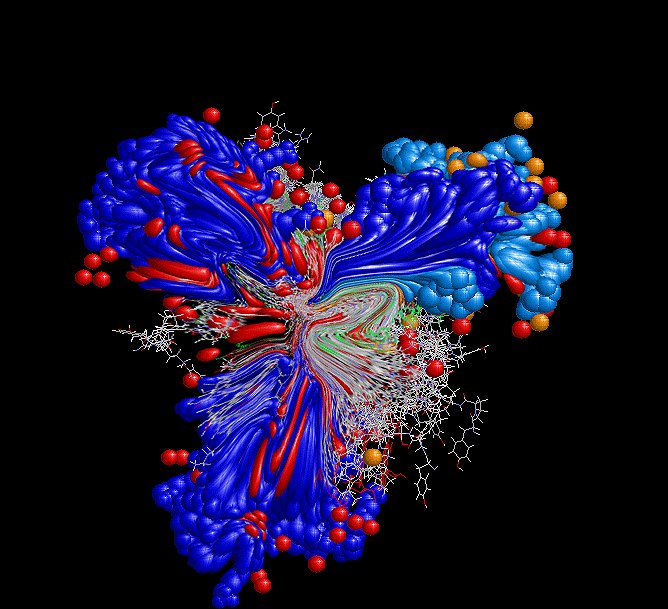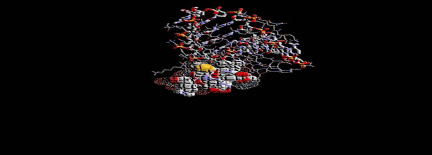
Welcome to the world of extreme thermophilic DNA binding proteins!
In this website we will explore proteins that bind to the DNA of some of the most extreme organisms on the planet. Through largely undeciphered mechanisms life persists in the intense heat of harsh sulfur vents and at the other extreme, beneath the icecaps of the Arctic Ocean. By focusing are attention to the DNA we can hope to uncover not only the way that inhabitants of extreme thermal environments insulate their precious blueprint of life, but also obtain a general understanding of how non-specific DNA-binding proteins contort and perturb the heat capacity syntenical to the mysterious regions interfacing nucleic acids and their products that act to regulate the metabolism of the organism. To facilitate this, emphasis will be placed on a selection of strongly specific examples.
In general biology we would ask what properties allow these organisms to survive in sulfur-rich hot springs and in the bellows of active terrestial volcanoes. But before one would investigate these questions it would be helpful to have a little background on the often forgotten kindome: Archae.
Archae are in many ways more eukaryotic in nature then there phylogenetic branch mates, eubacteria. They are amazingly resitant to antibiotics and inhabit conditions that would have your average E.coli swimming for the laboratory growth broth. Another reason to take notice of these strange critters: MASS. Estimates for terrestial thermophilic bacteria populations range in the millions of tons. If we were to topgraphically invert the earth, the surface would harbour several thousand feet of the tough ancient life forms.
In addition to the sheer scientific joy that coexists with investigating extreme thermophiles, it is interesting to note that they are an up and comming source for biotechie industry. From medicine and cryogenics to your neighborhood grocery store, it is inevitable that someone will put the ancient secrets inscribed in these temperature mongers to work. But for now, lets get down and dirty with the biophysics>>>>>>>>>>>>>>>>>

|
Below: Psychologists rendering of a virtual trimer of sac7d (X-ray) juxtaposed to NPY (NMR). |
||

| Down and right: Protypical habitat for hyperthermophillic archae bacteria, a geiser jam packed with the stench of sulfur. | ||


| Above: Sac7d mosaic interfacing an 8 bp nucleotide. | ||